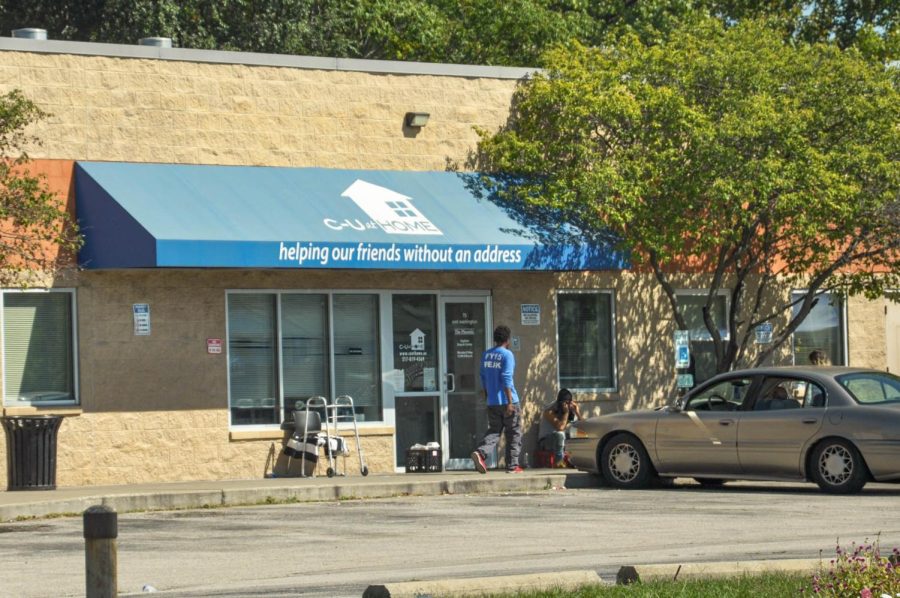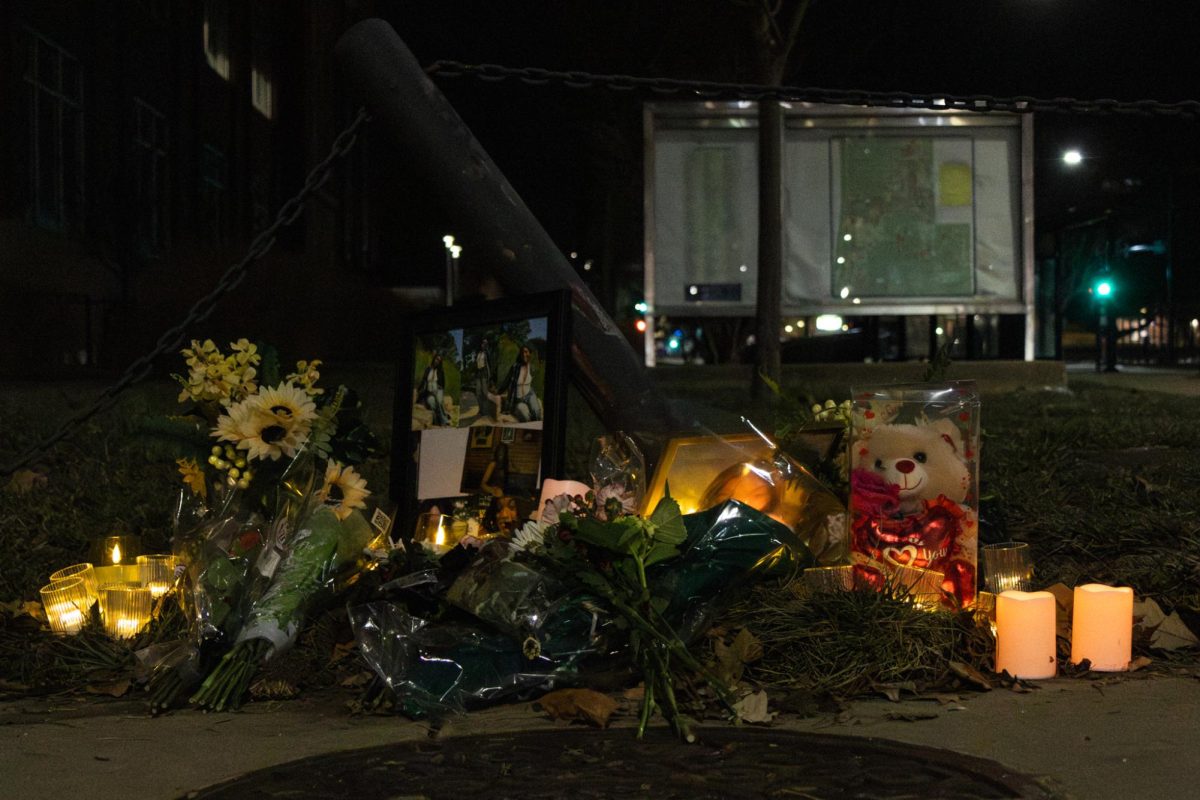A recent point-in-time count for Champaign County revealed a significant rise in homelessness since last year. The count, conducted by the Continuum of Service Providers to the Homeless, found 279 individuals without stable housing, up from 215 in January 2023. Over 40 volunteers participated in locating and documenting those experiencing homelessness.
The 2024 PIT count reported 42 unsheltered individuals, with 152 in emergency shelters and 85 in transitional, or temporary housing.
In a press release from the City of Urbana, CSPH Chair Breaden Belcher noted the purpose of the count and the significance of the findings.
“The PIT count provides community stakeholders with important data that helps us more effectively meet the needs of individuals and families experiencing homelessness in Champaign County,” Belcher wrote. “This year’s data shows the importance of ongoing investments in homeless services and high-quality affordable housing in our community.”
The U.S. Department of Housing and Urban Development requires this annual count to provide a national overview of homelessness. The data collected helps shape federal funding and policies, such as the Federal Strategic Plan to Prevent and End Homelessness and President Biden’s fiscal year 2024 budget.
Get The Daily Illini in your inbox!
CSPH Coordinator Katie Harmon noted improvements in this year’s count.
“This year we implemented an enhanced unsheltered Point-in-Time count protocol,” Harmon wrote. “This included canvassing additional areas that homeless service providers and street outreach workers identified as locations that people who are unsheltered frequent.”
Harmon also noted that the organization conducted follow-up surveys before analyzing the data.
“We partnered with various homeless service providers to conduct follow-up counting through the end of January to survey people accessing homeless services and identify if they were unsheltered on the night of our Point-in-Time count,” Harmon said.
Alongside the PIT count, the CSPH conducted a Housing Inventory Count, also required by the HUD, which showed a decrease in emergency shelter beds but significant increases in transitional and permanent housing beds. Harmon explained that this shift reflects the reclassification of certain projects, indicating expanded services and longer program stays for those in need.
While rapid rehousing beds remained stable, overall bed capacity increased by about 10 percent due to additional state funding.
The CSPH, which includes 44 non-profits, government agencies, faith-based organizations and businesses, aims to end homelessness in Champaign County. More resources for individuals experiencing homelessness are available at the Champaign County Regional Planning Commission’s office.








